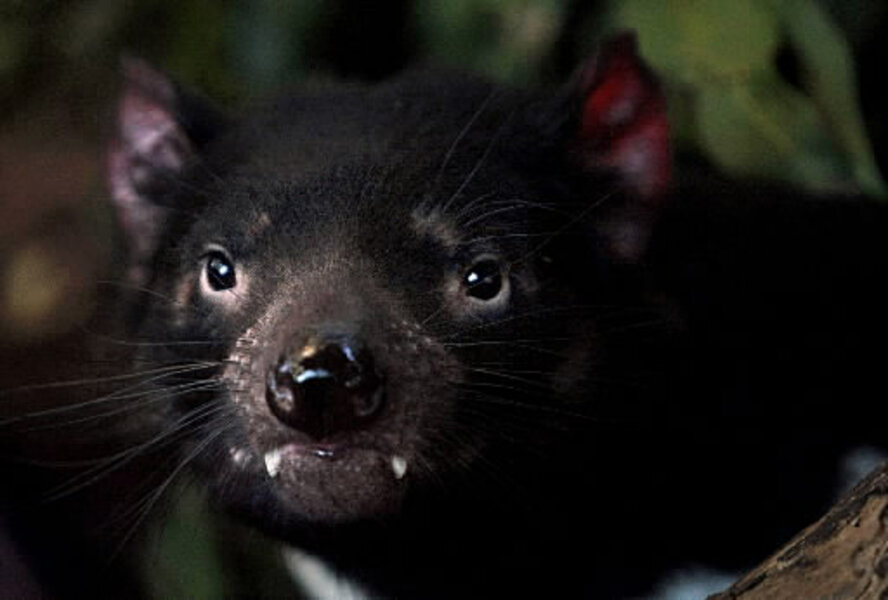Taz to the rescue? Study says devil could save Aussie ecosystem
Loading...
The key to saving Australia’s ecosystem may be a small but powerful creature that went extinct on the mainland three millennia ago but rose to cartoon fame in the last century: the Tasmanian devil.
The carnivorous marsupials, which were most likely hunted to local extinction by dingoes, have lived out their exile on the island of Tasmania, about 150 miles off the Australian shore. But now that dingoes are dying out as a result of culls to protect livestock, their prey – invasive predators like cats and foxes – are wreaking havoc on the ecosystem.
Enter: the Tasmanian devil. A University of New South Wales study published in “Biological Conservation” assessed the potential impact of reintroducing the creatures into parts of mainland Australia, and found that they could become effective predators and would regulate fox and cat populations in the absence of dingoes.
“The devil is the obvious answer,” PhD candidate David Hunter said in a press release. “It doesn’t pose as serious a risk to livestock, and it has played a major role in stopping foxes from establishing a foothold in Tasmania.”
The benefits, the study said, would be twofold: the devil would help curb predators of smaller animals and preserve low-lying vegetation, and it would also boost devil populations. The last two decades have seen a drop in the number of Tasmanian devils, which scientists attribute to disease.
But a 1995 precedent sets a dubious expectation of success for reintroduction: almost one hundred years after humans eliminated wolves from Yellowstone National Park in Wyoming, the species was reintroduced to control elk populations, which were damaging willow shrubs and endangering beavers. A Colorado State University study on the park’s ecosystem found that the reintroduction of wolves could not entirely reverse the effects of their removal.
“The decades without wolves changed Yellowstone too much to undo,” Yale School of Forestry and Environmental Studies’ Arthur Middleton wrote in The New York Times.
If Yellowstone’s ecology changed beyond repair after mere decades, it follows that Australia may see even less luck after millennia of the Tasmanian devil’s absence. Still, the encouraging results of the UNSW study gives the researchers hope that some damage can be undone.
“Devils aren’t a silver bullet, but we think that they could do a lot of good on the mainland, and this study indicates that a monitored process of reintroduction could actually work,” associate professor Mike Letnic said in the press release. “We need to take action to arrest the extinction crisis we have in Australia, and that requires being bold and trying something new.”








